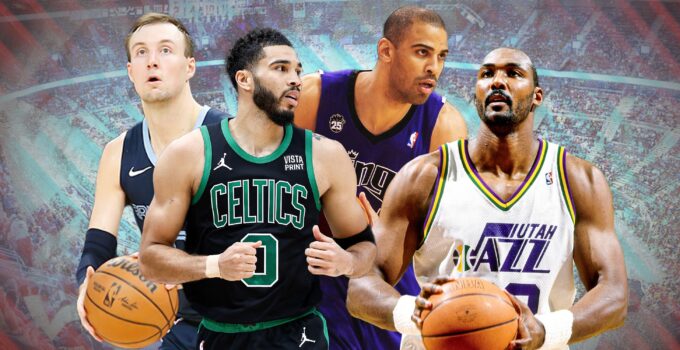Believe it or not, teams trailing by 10 or more points at the start of the fourth quarter have won just under 6% of NBA games. This staggering statistic underscores the sheer magnitude of the biggest comebacks in NBA history, moments that have carved themselves into sports lore.
Fans fondly recall the captivating NBA Finals comebacks, 4th quarter NBA comebacks, and historic NBA game turnarounds that have transformed basketball into a sport where the unpredictable becomes reality. These are not just games; they are legendary tales of determination and skill that have given rise to some of the most memorable basketball games in the annals of the sport.
The NBA has witnessed a plethora of invigorating comebacks, showcasing not only the physical prowess but also the mental fortitude of its athletes. From seemingly insurmountable deficits in pivotal playoff matches to stunning 4th quarter revivals during the regular season, these historic comebacks are a testament to the never-say-die attitude that defines the league. Witness how teams have snatched victory from the jaws of defeat time and time again, etching their names in the history books and leaving fans in awe of their monumental achievements.
Key Takeaways
- Biggest comebacks in NBA history epitomize the spirit of resilience and can occur even in the face of overwhelming odds.
- NBA Finals comebacks often shift the momentum of the entire series, highlighting the importance of mental toughness in high-pressure situations.
- 4th quarter NBA comebacks reflect the power of strategic adjustments and the impact of collective team effort.
- Historic NBA game turnarounds have created some of the most memorable basketball games, leaving an indelible mark on the sport.
- The excitement surrounding these comeback stories has contributed to the global popularity and enduring appeal of NBA basketball.
The Essence of NBA Comebacks and Their Impact on the Game
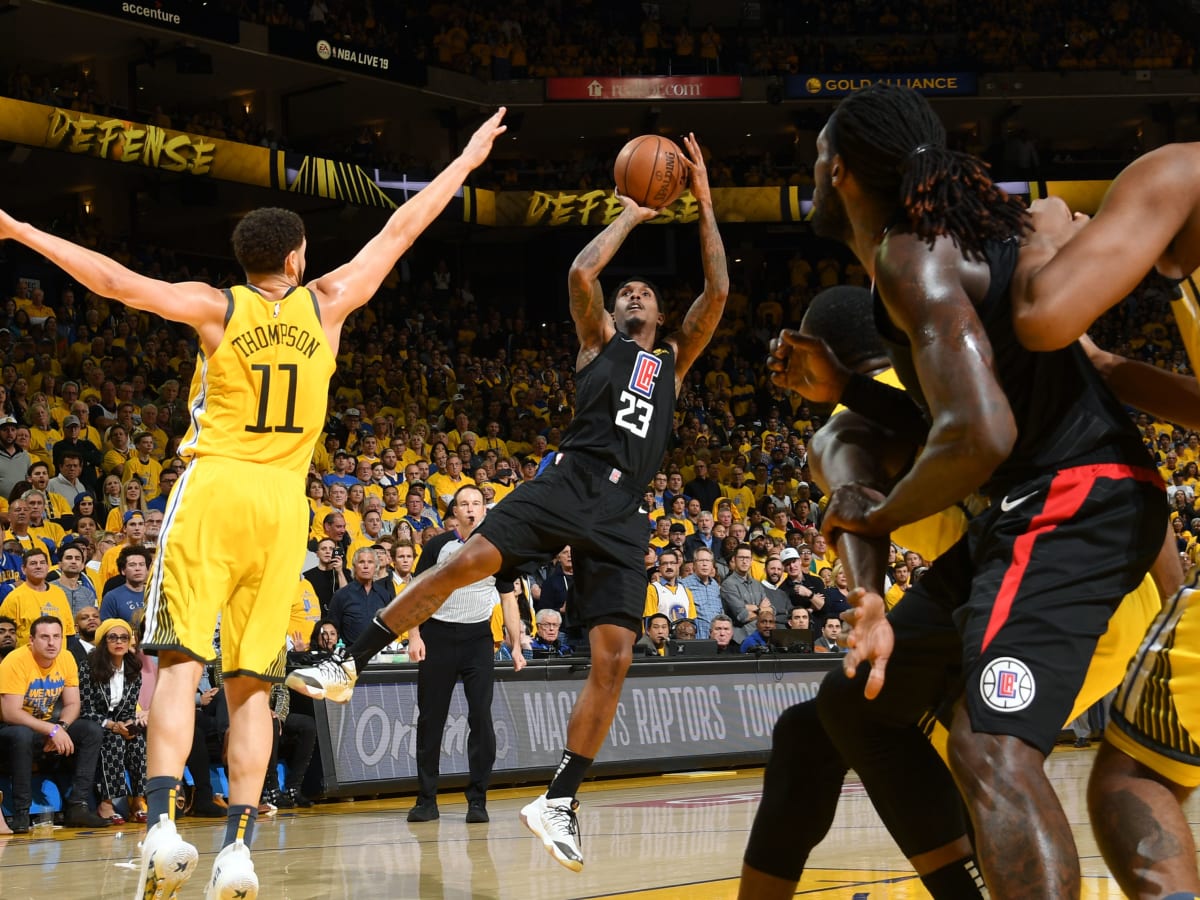
Source: si.com
Basketball comeback wins have always been a staple of excitement in the NBA, and they are among the most thrilling events for fans to witness. These NBA comeback victories resonate because they highlight the core of the NBA spirit—resilience, dedication, and the unyielding pursuit of victory against all odds. They become epic NBA comeback moments that are etched permanently into the lore of the sport.
For many NBA teams turning the tide during a game, it’s not just a good defense or streak of scores; it’s about the psychological warfare on the court. An understanding of this dynamic often separates the good from the great teams. Such moments elevate the entertainment value of the game and prove to be critical learning experiences for both players and coaching staff.
“It’s not over until it’s over.” – These iconic words encapsulate what every NBA comeback story teaches us; no lead is secure until the final buzzer sounds.
Epic NBA comeback moments are not just statistics on a sheet; they are powerful narratives about willpower and are reflective of a team’s character. Analysts and fans are continuously amazed by the frequency of these astonishing reversals, considering that NBA teams with a lead at the start of the final period win approximately 80% of the time. Witnessing an NBA team overturn that statistic makes for an unforgettable sports experience.
| Year | Teams | Deficit Overcome | Significance |
|---|---|---|---|
| 2019 | Clippers vs. Warriors | 31 points | Largest comeback in NBA playoff history. |
| 2008 | Celtics vs. Lakers | 24 points | Shifted the momentum in the NBA Finals. |
| 1996 | Jazz vs. Nuggets | 36 points | Largest regular season comeback ever. |
The impact of these come-from-behind wins stretches beyond the hardwood floors of the basketball courts and into the hearts and minds of fans who draw inspiration from the perseverance and triumph displayed by their favorite NBA teams. These are the kind of moments that define what the NBA, and sportsmanship, are truly about.
The Unforgettable Jazz-Nuggets Duel: A Regular Season Miracle
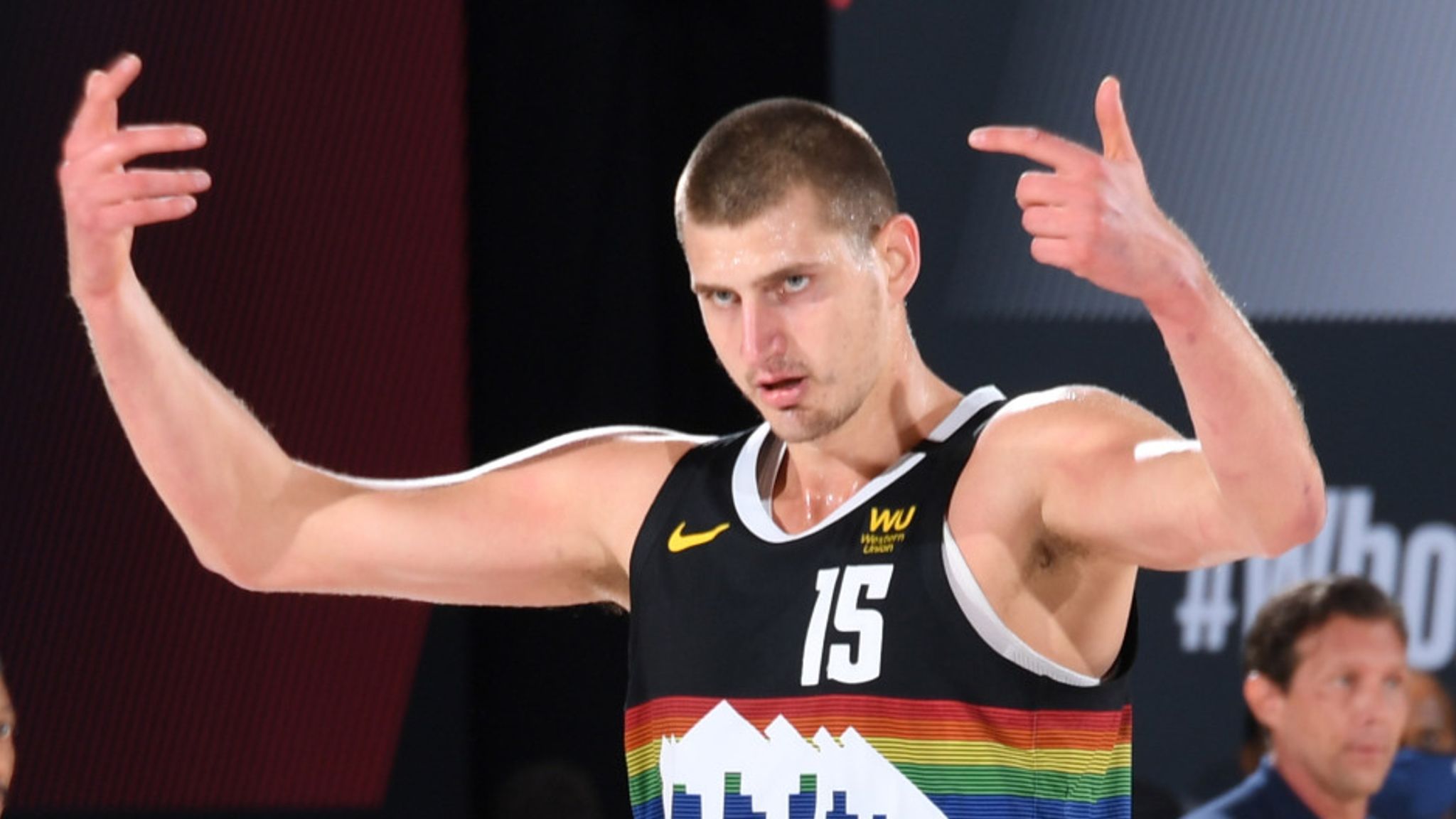
Source: skysports.com
As the echoes of sneakers on hardwood filled the arena, the anticipation for an ordinary matchup between the Utah Jazz and the Denver Nuggets transformed into a spectacle that would etch itself into NBA lore. What ensued on the eve of November 27th, 1996 was nothing short of miraculous, embracing every connotation associated with the largest NBA regular season comeback recorded to date.
Setting the Stage: The Matchup Overview
The Pepsi Center buzzed with the energy of a seemingly routine game, but the undercurrents of competition were palpable. Expertly coached and with a roster radiating talent, the Jazz, spearheaded by Karl Malone, expected nothing less than a dominant performance. Contrary to expectations, the initial clash set forth a turbulent tide that the Nuggets capitalized on, building a formidable lead that appeared insurmountable as the halftime buzzer reverberated.
Momentum Shift: The Jazz’s Historic Rally
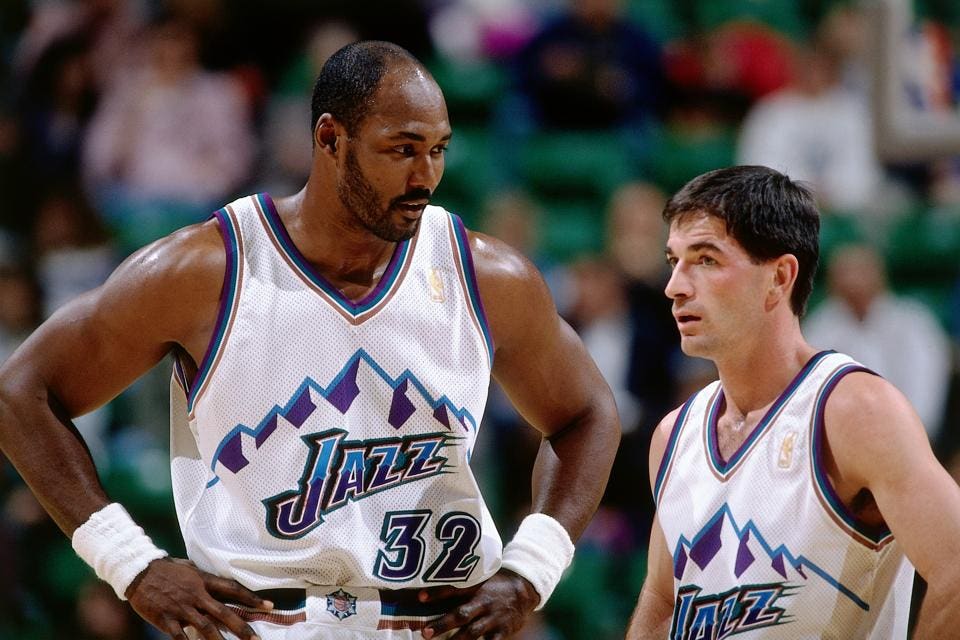
Source: forbes.com
Returning from the depths of a 36-point deficit, the Jazz orchestrated an extraordinary narrative that unfolded with each pivot and play. The energy shifted, palpably undulating from the court to the stands, as the Jazz stitched an awe-inspiring run indicative of their unyielding spirit and tactical prowess. Methodically chipping away at the score, Utah’s coalition of determination and skill spurred a reversal of fortunes catalyzing the largest NBA regular season comeback that the league had witnessed.
Karl Malone’s Pivotal Performance in Cementing the Comeback
Karl Malone, the linchpin of resilience, elevated his gameplay beyond the conventional, exemplifying what it means to bear the fortitude of a true competitor. Shooting 13-25 from the field and accruing 31 points, Malone’s commanding presence in the painted area truly typified the notion of a ‘comeback.’ His strategic offensive maneuvers and imposing defensive stands galvanized a 107-103 victory for the Jazz, a testament to both his individual brilliance and the collective rally cries of his team.
Clippers vs. Warriors: Shattering Playoff Expectations
In what can only be described as a monumental upset, the Clippers vs. Warriors 2019 Playoff Comeback story will be retold for generations as a defining moment in NBA history. This clash, happening in one of basketball’s most intense crucibles—the NBA playoffs—saw a narrative of sheer grit and unexpected heroism that truly captures the essence of the NBA comeback lore.
The Warriors’ Ill-Fated Dominance
With the spotlight on the reigning champions, the Golden State Warriors displayed what was assumed to be an unassailable show of prowess. The stage seemed set for their easy stride into the subsequent series, but the basketball gods had written a different script—one where the anticipated victory was to be torn from their grasp in a most dramatic fashion.
Underdogs Rising: Clippers’ Heroic Surges
‘Never tell me the odds’—a phrase that could have very well been the mantra for the Los Angeles Clippers as Lou Williams led a charge that crescendoed in a comeback of epic proportions. Alongside the clutch performances from unsung hero Landry Shamet, the game unfolded into what is now enshrined as one of the most memorable NBA Comeback Stories.
Post-Game Reflections: Lessons in Resilience
The echoes from that game are a testament to the adage ‘It’s not over ’til it’s over.’ The Clippers’ monumental rise from a 31-point deficit is a lesson in resilience and a stark reminder of the unpredictable nature of playoff basketball, shaping the narrative for future games and inspiring comeback stories yet to be written.
| Clippers Key Players | Points Scored | Defining Moment |
|---|---|---|
| Lou Williams | 38 | Electric offensive presence and game-leading score |
| Landry Shamet | , | Key 3-pointer that sealed the fate of the game |
Celtics-Lakers Finals: A Comeback for the Ages
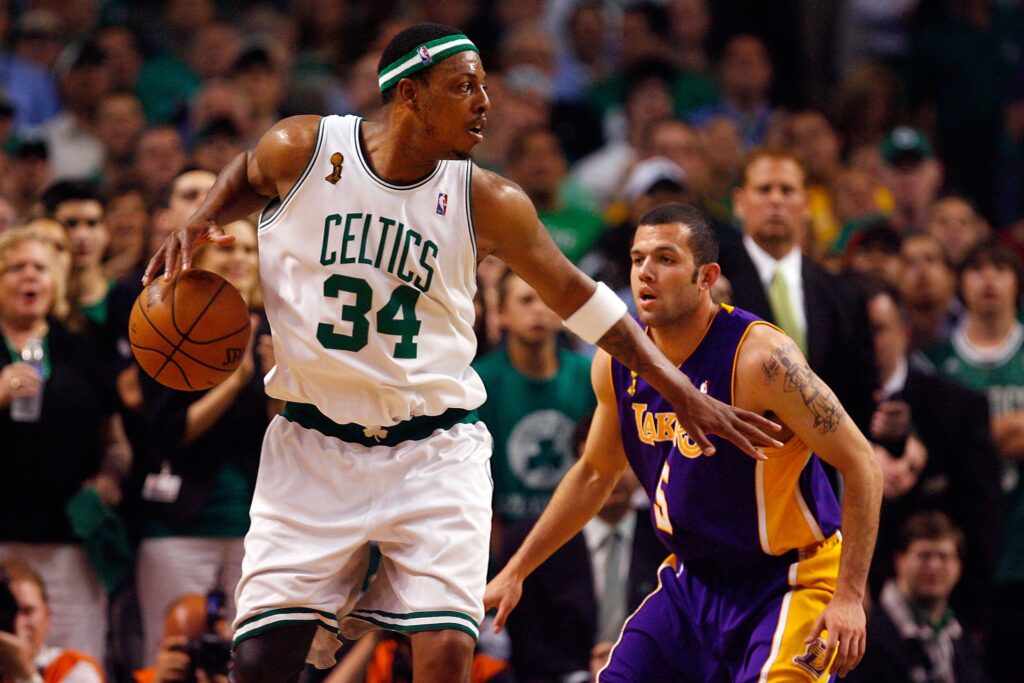
The tensions between the Boston Celtics and Los Angeles Lakers, two storied franchises in the NBA, reached new heights during the Celtics vs. Lakers 2008 Finals. In a series already brimming with competition and one of the most talked-about NBA rivalry stories, Game Four showcased a historic NBA Finals comeback. With their championship hopes on the line, the Boston Celtics mounted an unforgettable rally to overcome a seemingly insurmountable deficit.
By halftime of Game Four, the Los Angeles Lakers had amassed a 24-point lead, setting the stage for what many envisioned as a clear path to equalizing the series. However, the Boston Celtics, powered by their formidable trio—Kevin Garnett, Paul Pierce, and Ray Allen—defied the odds. What ensued has been etched into the history books as one of the most astonishing historic NBA Finals comebacks.
Trailing by 24 points heading into the second half, the Celtics roared back, executing a flawless combination of tight defense and explosive offense to claim a pivotal 97-91 victory.
This critical triumph by the Celtics not only stunned the Lakers but energized Boston to marshal forth, eventually capturing their 17th NBA championship. The Celtics’ resilience during this game epitomized the sheer grit and competitive spirit inherent in the game of basketball and intensified their historic rivalry with the Lakers.
| Key Achievement | Details |
|---|---|
| Halftime Score | Lakers leading by 24 points |
| Final Score | Celtics 97, Lakers 91 |
| ‘Big 3’ Contributions | Combined pivotal scoring and leadership to drive the team’s comeback |
| Championship Outcome | Celtics win their 17th NBA Title after a six-game series |
The 2008 Celtics vs. Lakers face-off has become a quintessential example of why NBA fans savor every moment of the game—the possibility of a Boston Celtics comeback, no matter the stakes, remains a beacon of hope and excitement to basketball aficionados. This historic moment is reflective of intense rivalries that transcend the sport, reinforcing the narrative of NBA as not just a game, but a saga of epic comebacks and inspiring feats.
Biggest Comebacks in NBA History: Finals, 4th Quarter & More
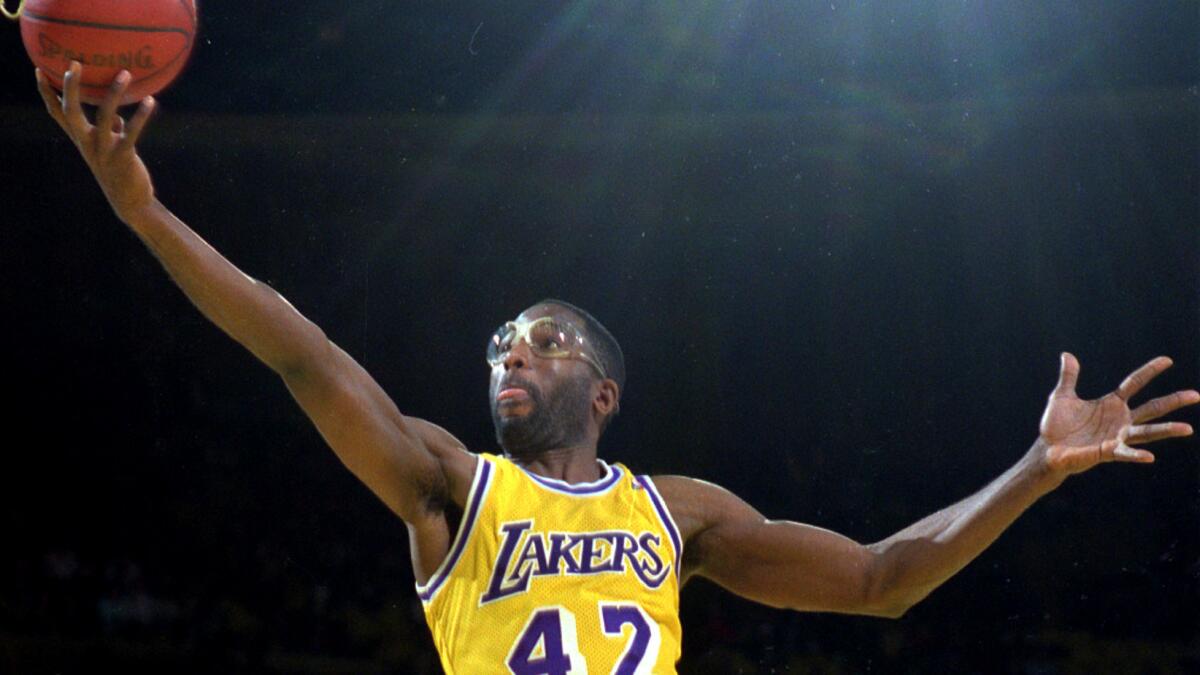
Source: latimes.com
For basketball enthusiasts, high-octane comebacks are the epitome of thrilling sports experiences. Recollecting epic turnarounds like the Raptors vs. Mavericks 2019 comeback and Tracy McGrady’s iconic moment further cements the NBA’s status as a league where the unbelievable happens. Within this illustrious history of nail-biting finishes, let’s recount some of the most jaw-dropping reversals in basketball lore.
Raptors’ Fourth-Quarter Frenzy Against Mavericks
In one of the most electrifying displays of resilience, the Toronto Raptors orchestrated a 23-point surge in the final quarter against the Dallas Mavericks. The energy within the arena was palpable as the Raptors, guided by Kyle Lowry’s relentless defense, chipped away at a seemingly insurmountable lead to clinch one of the most memorable victories in recent NBA history.
Highlighting Tracy McGrady’s 13 Points in 33 Seconds
Tracy McGrady’s legendary comeback for the Houston Rockets remains one of the most extraordinary individual performances ever witnessed on a basketball court. With 35 seconds left on the clock, McGrady unleashed a barrage of 13 points, leaving the San Antonio Spurs and fans in utter disbelief and reinforcing his legacy as a clutch performer.
Reggie Miller’s Legendary Eight Seconds
Reggie Miller’s clutch performance against the New York Knicks in the 1995 playoffs is etched in the annals of NBA history. In a mere eight seconds, Miller accomplished the implausible, turning a deficit into a victory with his sharpshooting prowess. This remarkable feat not only solidified his status as one of the game’s greats but also marked one of the greatest playoff comebacks of all time.
Each of these instances showcases the unpredictable excitement of NBA basketball. As the clock ticks down, fans know that no lead is unassailable, and with tenacity and talent, history is always just a few shots away from being rewritten.
Epic NBA Playoff Comebacks: Lessons from the Court
The annals of NBA Playoff History are replete with Unforgettable NBA Playoff Moments, where teams snatched victory from the jaws of certain defeat. These games are not just footnotes in sports history; they offer profound lessons in resilience and belief. The Clippers’ miraculous comeback in the 2019 playoffs, for example, underscored the power of never giving up, regardless of the score.
Meanwhile, the Lakers’ surprising rally against the SuperSonics in 1989 serves as a testimony to the belief that a game isn’t over until the final buzzer. Reflecting on these Legendary NBA Playoff Performances allows us to appreciate the relentless spirit embodied by professional athletes at the pinnacle of their game.
Let’s delve into a few of these remarkable comebacks, not merely to relive the excitement they provided but also to understand the sheer determination showcased by the athletes during those memorable nights:
| Year | Teams Involved | Point Deficit | Final Score |
|---|---|---|---|
| 2019 | Clippers vs. Warriors | 31 points | 135-131 |
| 1989 | Lakers vs. SuperSonics | 29 points | 97-95 |
| 2012 | Clippers vs. Grizzlies | 27 points | 99-98 |
Such moments not only galvanize the fans but equally imprint on everyone who witnesses them a powerful message about the unpredictability of sports and the potential for greatness even when the odds are stacked against you. These excerpts from NBA Playoff History are more than mere statistics; they are narratives of human tenacity prevailing against all odds.
The Psychological Twists of Epic NBA Comeback Moments
In the fiercely competitive arena of the NBA, psychological factors can have just as much impact on the game’s outcome as physical skill. A deep dive into the trends and pivotal moments of the game demonstrates how the mental resilience of players and teams can shape the storied comebacks that have become a part of basketball lore.
Analyzing the Role of Home Court Advantage
Statistics and fan testimonials alike corroborate the Impact of Home Court Advantage in the NBA. Teams playing in the presence of their own fans are not just fighting for a win; they are defending their turf. This sense of territory and the vocal support of hometown crowds can bolster team spirit and performance, leading to some of the most memorable comebacks. One need only look at legendary teams and their iconic home courts—be it the Boston Celtics at the TD Garden or the Los Angeles Lakers at the Staples Center—to understand the boost that a resonant home crowd provides.
The Phenomenon of “Choking” and Its Effects on the Rival Team
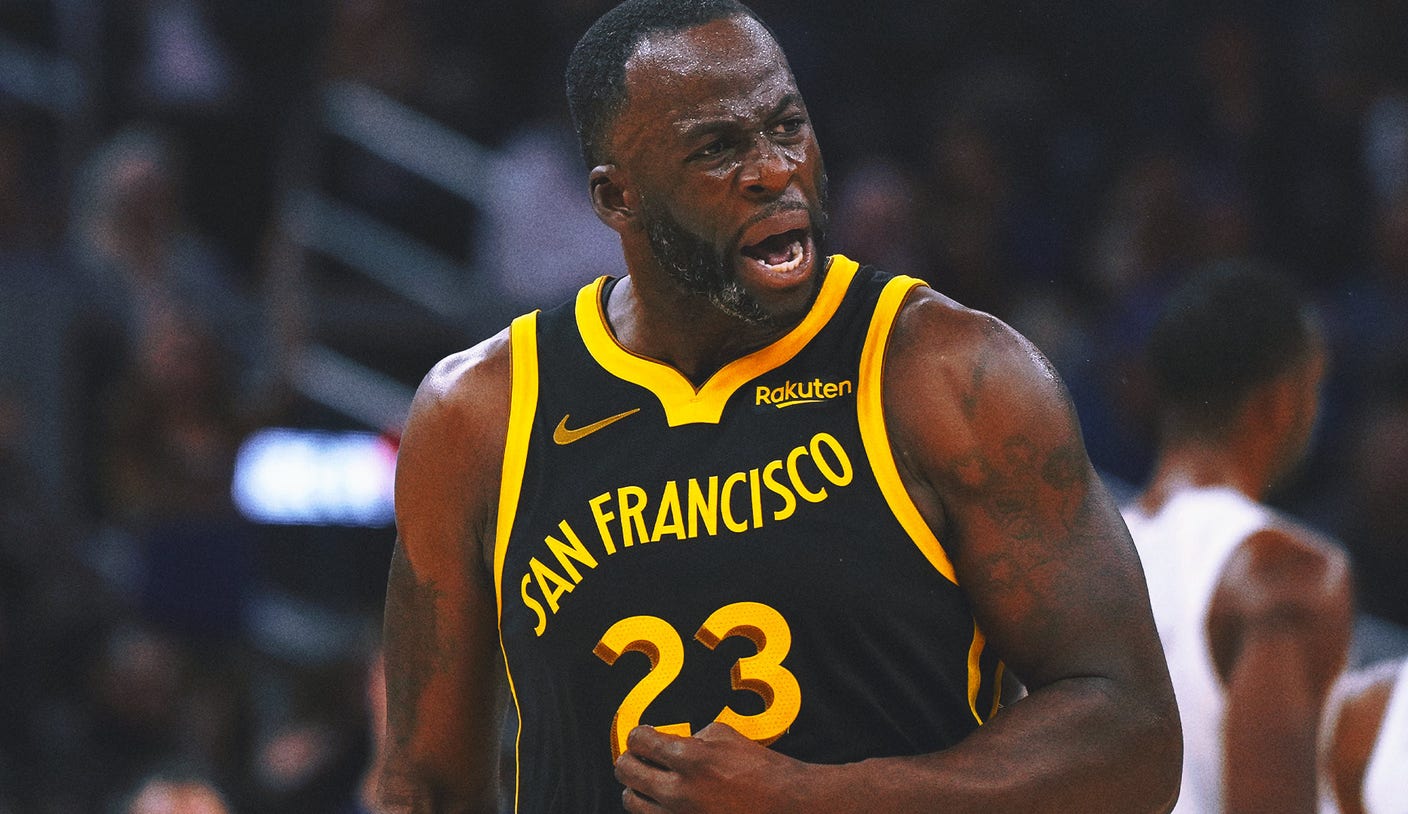
The term “choking” in sports is often used to describe the failure to perform under pressure, and its psychological ripples can tip the scales of an NBA game. When one team succumbs to pressure and begins to lose focus, the shift in momentum can drastically swing the pendulum of performance. This lapse not only disrupts a team’s functionality but can also inject a surge of confidence into their opponents. Thus, the Psychological Effects of NBA Comebacks are twofold, demoralizing one team while simultaneously empowering another, epitomizing the intricate nature of NBA Team Dynamics.
Historic NBA Game Turnarounds: Analyzing the Strategy
In the NBA, some of the most memorable moments arise when teams make monumental comebacks. Understanding the key strategic plays that facilitate these historic game turnarounds is crucial. Coaches make pivotal halftime adjustment strategies, and the games often feature a combination of NBA team comeback strategies and individual contributions in NBA comebacks, leading to unexpected and thrilling outcomes.
The Art of Halftime Adjustments in Basketball
Halftime adjustments are one of the most crucial aspects in changing the dynamics of a game. Coaches analyze the first-half performance, identifying weaknesses in defense, stagnation in offense, and any mismatches that the opposing team is exploiting. The adjustments made during this short period can dramatically change the flow of the game and are instrumental in many comebacks.
Shifts in Momentum: Role of Individual Brilliance vs. Team Effort
Momentum in basketball can swing with a single play, a streak of scoring, or a defensive stop. While individual heroics can ignite a team’s fighting spirit, it’s collective team synergy and execution of strategic adjustments that most often lead to overcoming sizable deficits. Teams that forge historic comebacks balance the inspiration provided by individual players with an all-hands-on-deck approach, where every member contributes to the rally.
| Game Aspect | Halftime Adjustments | Post-Halftime Outcome |
|---|---|---|
| Offensive Plays | Increase ball movement, diversify scoring options | Higher team shooting percentage, varied scoring |
| Defensive Plays | Tighter perimeter defense, focus on key opposing players | Opponent’s scoring reduced, turnovers created |
| Player Morale | Encouragement, focus on strengths | Boost in player performance, increased confidence |
| Fan Engagement | Interactive strategies to rouse the crowd | Louder, more involved home crowd |
By studying these intricate pieces of the comeback puzzle, one can appreciate the depth of strategy involved in NBA game turnarounds. Incredible comebacks are not just about the efforts made on the court but also about the strategic thinking and planning executed behind the scenes.
Conclusion
The annals of the NBA regale us with tales that go far beyond wins and losses. They are narratives steeped in determination and soaked in heroic feats that epitomize the heart and soul of competitive sports.
NBA historic moments, specially those involving staggering comebacks, serve as testaments to an undeniable truth within the sport: the conclusion remains unwritten until the final buzzer sounds. These inspiring basketball stories do not just entertain, they offer profound lessons in resiliency and symbolize hope, often against seemingly insurmountable odds.
As we reflect on these thrilling encounters, from the regular-season miracles to the nail-biting drama of playoff basketball, one cannot ignore the ingenious strategies that undergird these victories. Strategic athletic comebacks are often chess matches that manifest on the court as coaches and players alike adapt and outmaneuver one another in real time. These dynamic shifts, coupled with the mental fortitude required to overcome large deficits, distill the essence of the game into palpable euphoria for fans and a legacy that embeds itself into the fabric of the NBA.
In sum, the rediscovery of these captivating comebacks serves as a reminder of basketball’s unpredictable excitement and its power to generate awe-inspiring narratives. As such, they remain not only in the history books but in the hearts of those who witnessed the improbable become reality. These events underscore an abiding narrative within sports: on the hardwood court of NBA dreams, glory awaits those who dare to defy the odds.
FAQ
What are some of the biggest comebacks in NBA history?
Significant NBA comebacks include the Utah Jazz overcoming a 36-point deficit against the Denver Nuggets in 1996, the Los Angeles Clippers’ 31-point comeback against the Golden State Warriors in the 2019 playoffs, and the Boston Celtics’ 24-point comeback against the Los Angeles Lakers in Game Four of the 2008 NBA Finals.
How do NBA comebacks impact the game?
NBA comebacks demonstrate the unpredictable nature of the sport, emphasizing the importance of not giving up and playing until the final whistle. They create memorable experiences for fans and showcase the strategic genius, psychological resilience, and extraordinary athletic performances that define basketball.
Can you detail the Jazz-Nuggets comeback in 1996?
On November 27, 1996, the Utah Jazz pulled off the biggest regular season comeback in NBA history. They were down by 36 points to the Denver Nuggets, but rallied to win the game 107-103. Karl Malone’s 31-point performance was a key factor in their historic rally.
What was so special about the Clippers vs. Warriors playoff game in 2019?
The 2019 playoff game between the Clippers and Warriors was remarkable because the Clippers, an underdog, overturned a 31-point deficit to stun the top-seeded Warriors with a 135-131 victory. The game highlighted the resilience of the Clippers and the vulnerability of even the most dominant teams.
What makes the Celtics-Lakers comeback in the 2008 Finals so memorable?
The Boston Celtics’ 24-point comeback against the Los Angeles Lakers in Game Four of the 2008 NBA Finals is particularly memorable because it significantly shifted the momentum of the series, helping the Celtics move closer to clinching their 17th NBA title.
How do psychological factors influence epic NBA comeback moments?
Psychological factors such as home-court advantage can significantly impact players’ performance. The cheering of the home crowd and familiar surroundings can energize the home team and contribute to late game comebacks. Conversely, “choking” – the psychological pressure of maintaining a lead – can lead to a shift in momentum, often resulting in historic comeback victories for the trailing team.
What is the role of strategic planning in historic NBA game turnarounds?
Strategic planning is critical during halftime adjustments and throughout the game. Coaches and players must understand how to leverage shifts in momentum, balancing individual heroics with collective team effort to create the most effective plays and ultimately overcome the opponents’ advantage.

